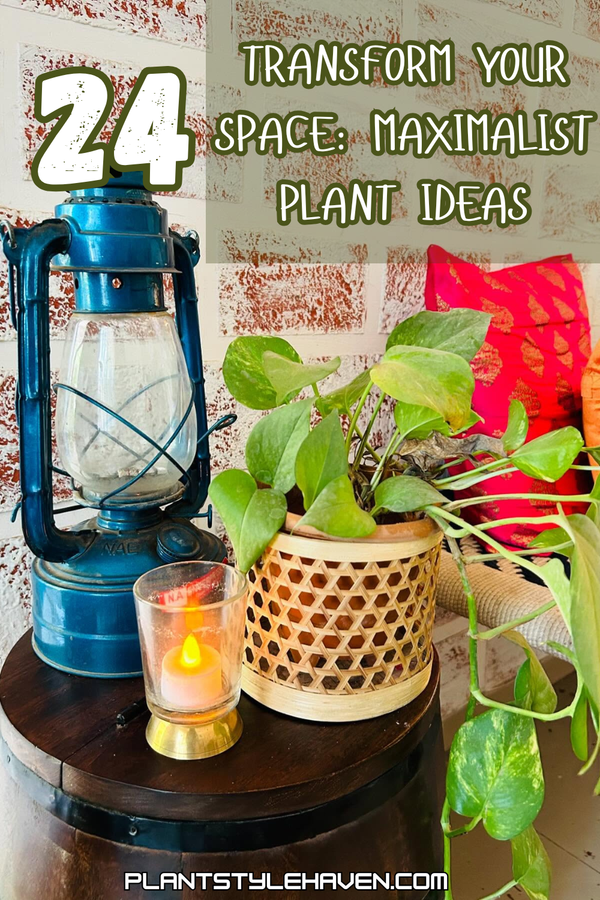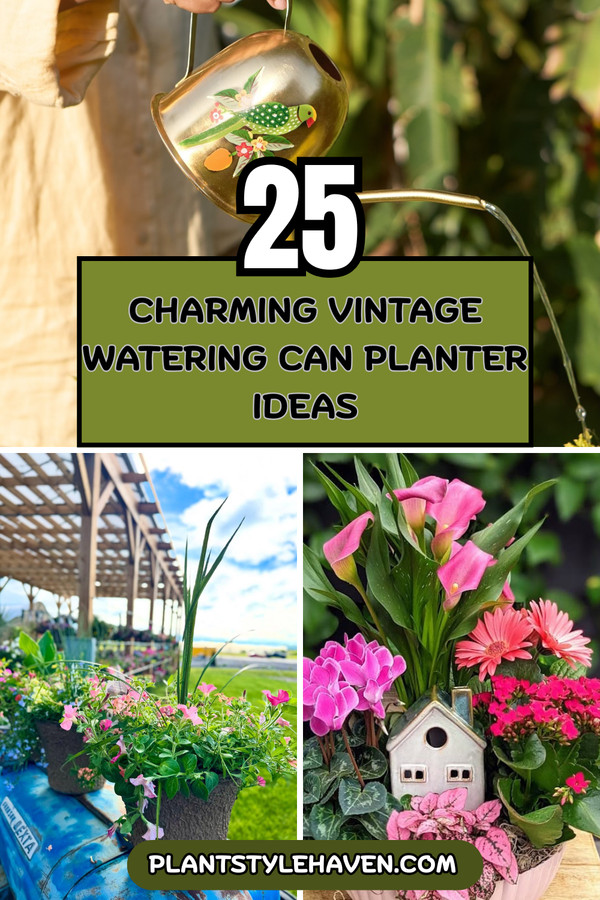17 Light-Reflective Plant Positioning Tips for Your Home
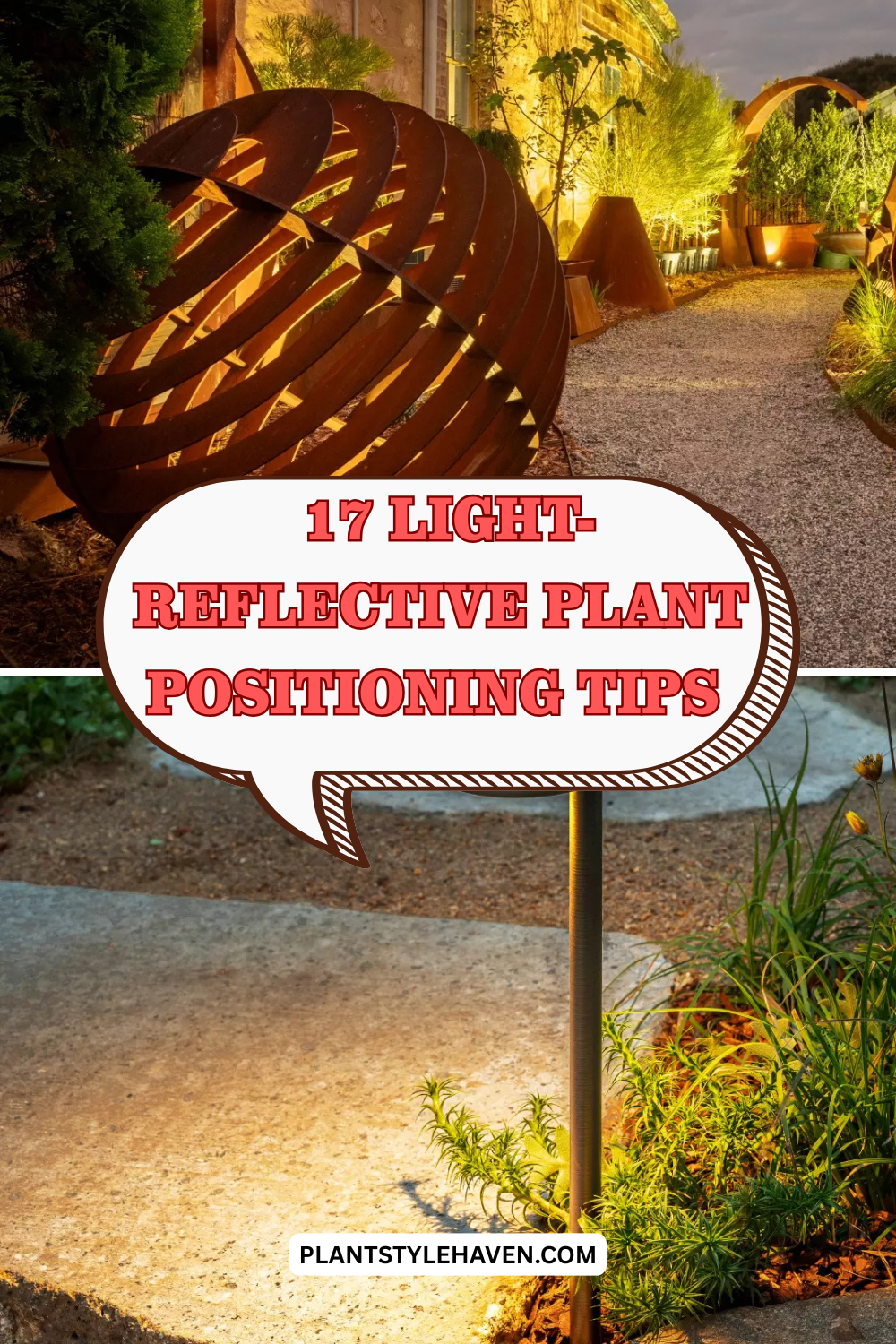
Imagine stepping into a room where natural light dances off lush greenery, creating a serene oasis. It's not just a dream—it’s a design strategy known as light-reflective plant positioning. This technique doesn't just beautify your space; it optimizes light, enhancing room brightness and mood. Whether you live in a sun-drenched loft or a cozy apartment, harnessing the light with clever plant placement can transform any area. Let's explore some easy ways to make your plants and light work together, turning your home into a vibrant sanctuary.
1. Harness the Power of Mirrors
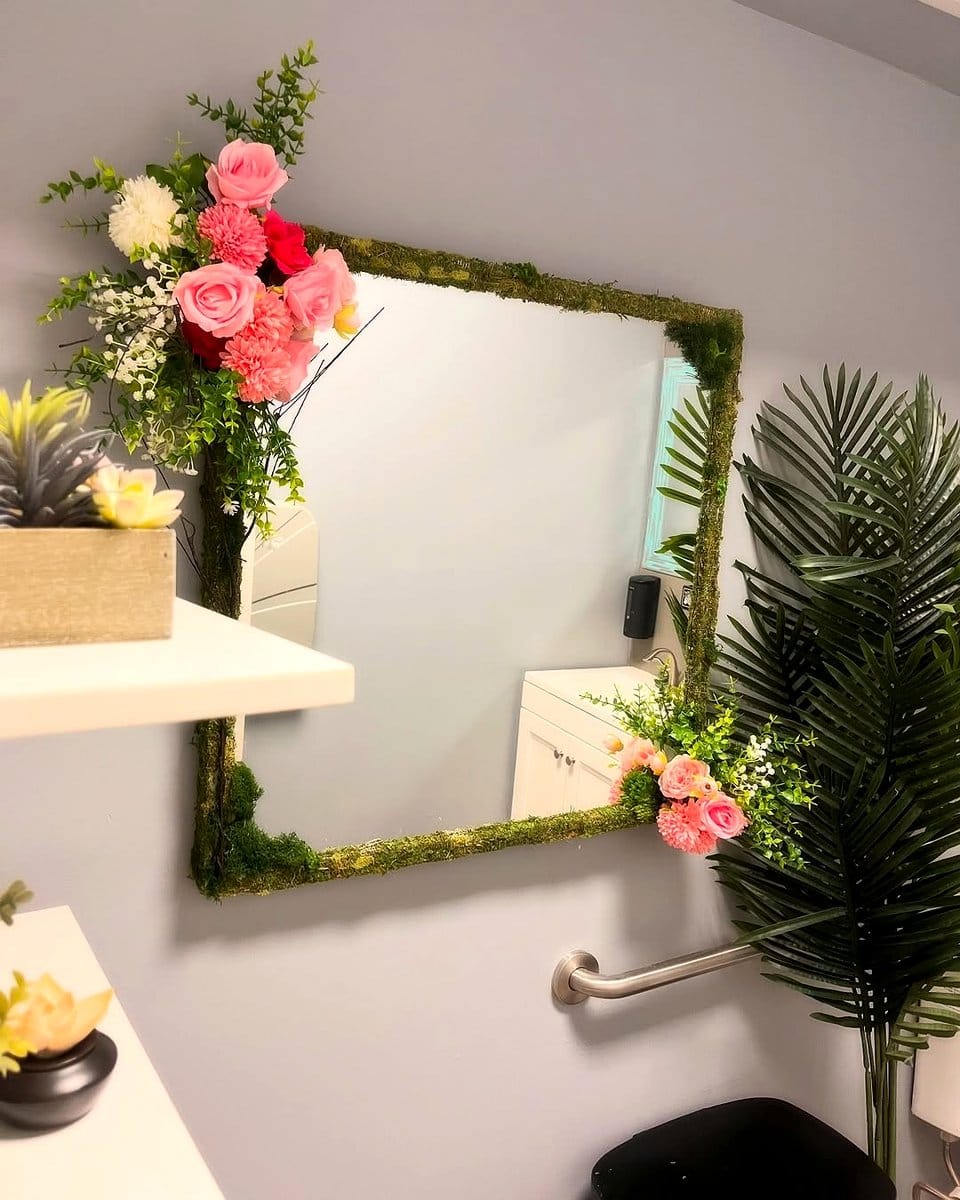
Strategically placing mirrors can amplify light in your space. Position your plants near mirrors to reflect natural light throughout the room. This not only creates the illusion of a larger space but also ensures your plants receive ample light. A well-placed mirror can make a small, dim room feel open and airy. Experiment with different sizes and shapes of mirrors to find what works best for your space and aesthetic.
2. Utilize Windowsills Effectively
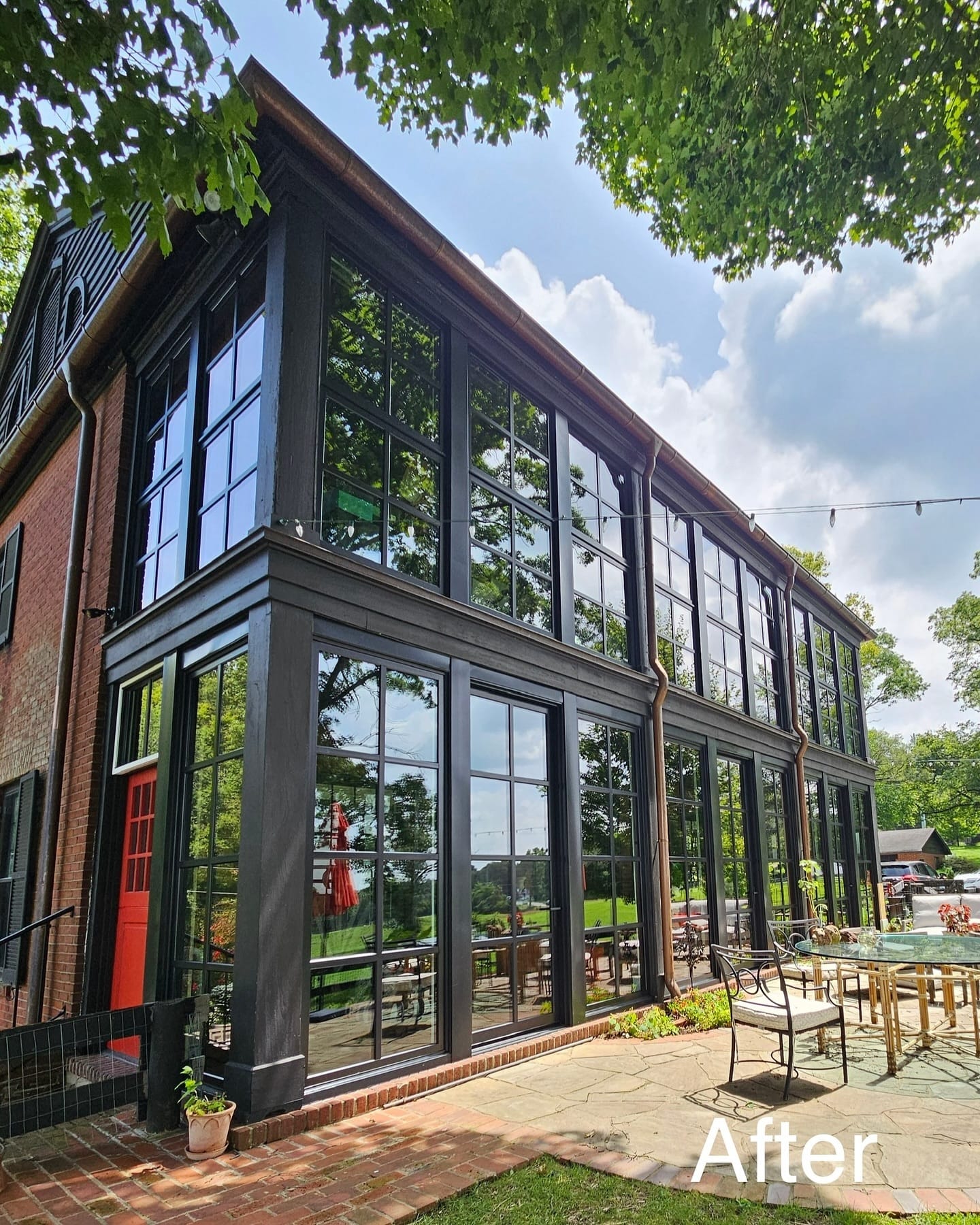
Windowsills are prime real estate for plant placement. They receive direct sunlight, making them ideal for sun-loving plants like succulents and herbs. Ensure your plants are secure and have room to grow. Rotate them occasionally to ensure all sides receive equal light. This simple adjustment can invigorate your plants and keep them healthy year-round.
3. Create a Plant Shelfie
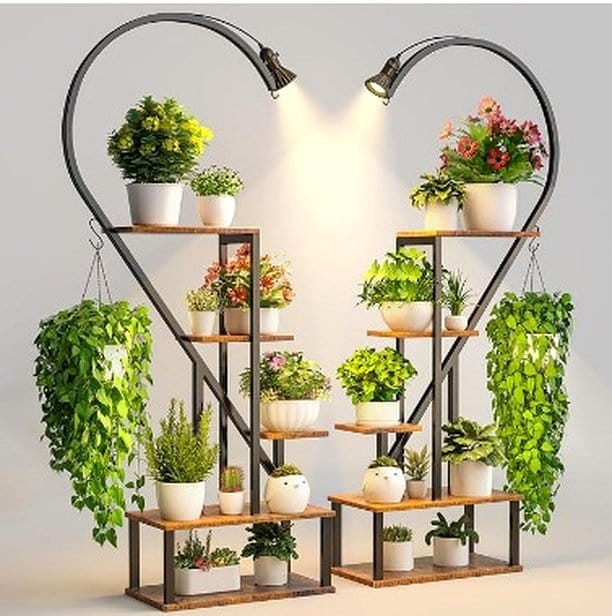
Shelves are a versatile way to incorporate plants into your décor. Place plants on varying shelf heights to catch natural light at different angles. Mix and match plant types for a dynamic look. Ensure the top shelf gets the most light, with low-light-tolerant plants on the bottom. This creates a layered, dynamic visual that enhances room depth and interest.
4. Use Light-Colored Plant Pots

Light-colored pots can reflect sunlight, brightening your space and highlighting your plants. Choose pots in shades like white, beige, or pale gray to maximize this effect. Not only do they reflect light, but they also add a clean, modern touch to your interior design. This small change can make a big difference in how light interacts with your space.
5. Position Plants Near Light-Colored Walls
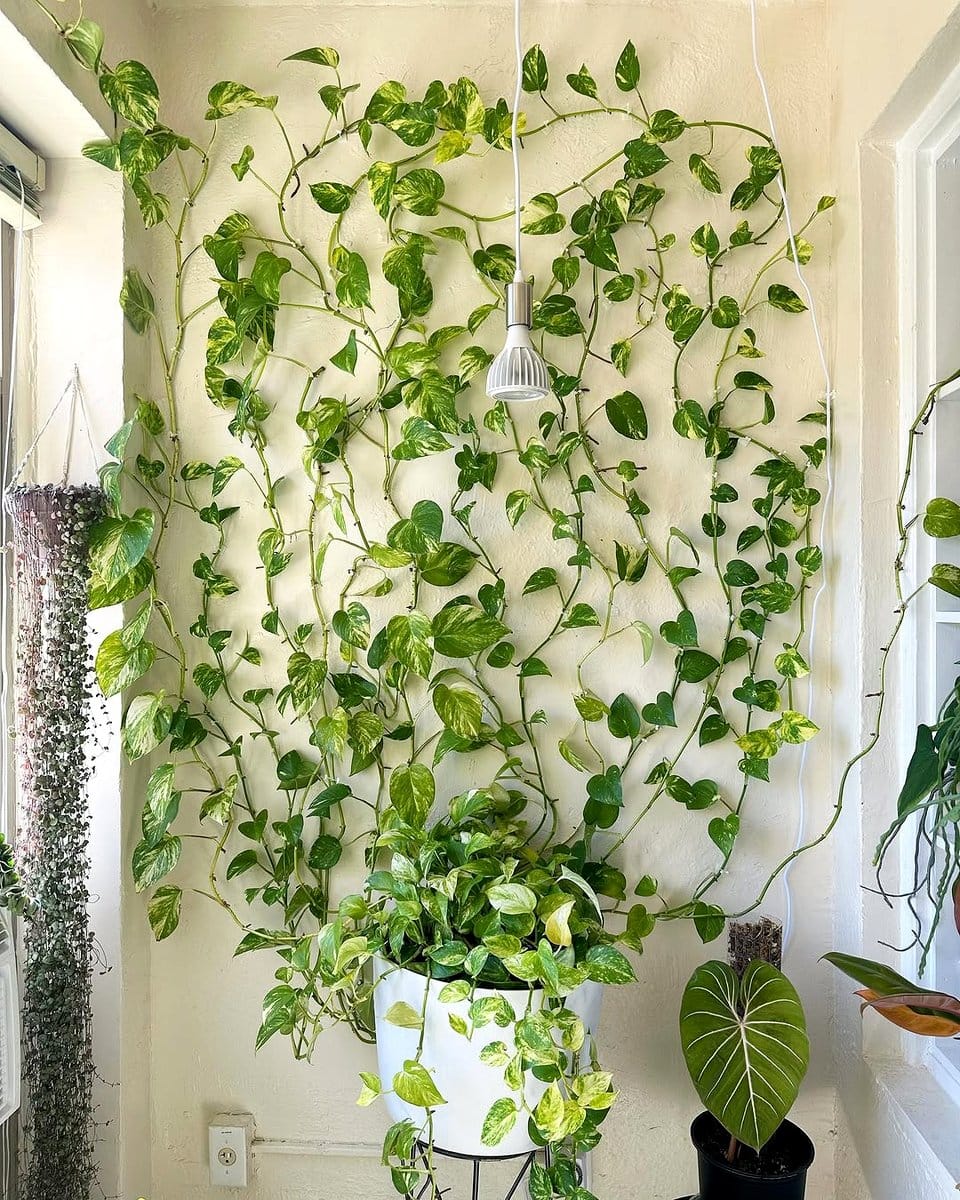
Walls painted in lighter shades can reflect more light, benefiting nearby plants. Positioning plants against these walls can enhance their growth by providing extra reflected light. It also creates a beautiful visual contrast that makes the greenery pop. This technique works particularly well in rooms with limited natural light, making the most of every ray.
6. Experiment with Hanging Plant Arrangements
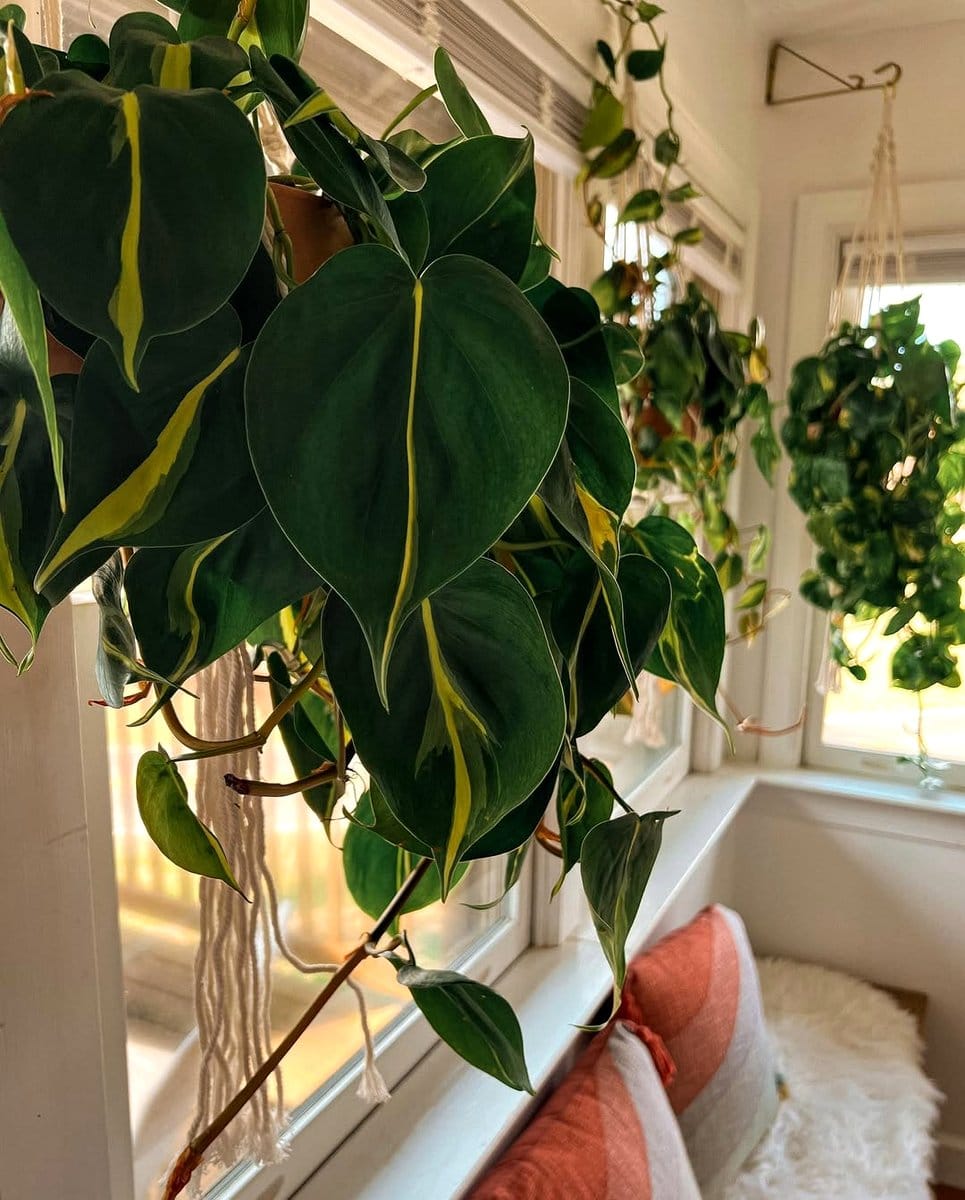
Hanging plants can capture light from various angles, especially in rooms with limited floor space. Use ceiling hooks to hang plants at different heights, allowing them to catch light from windows and light fixtures. This not only saves floor space but creates a stunning visual display. Choose trailing plants that will cascade down, adding movement and life to your room.
7. Utilize Reflective Surfaces

Reflective surfaces like glass tables or shiny metal finishes can bounce light around a room. Place your plants on these surfaces to maximize the light they receive. This creates an elegant, modern look while ensuring your plants thrive. Experiment with different reflective materials to see what best fits your style and space.
8. Incorporate Light-Reflective Indoor Planters
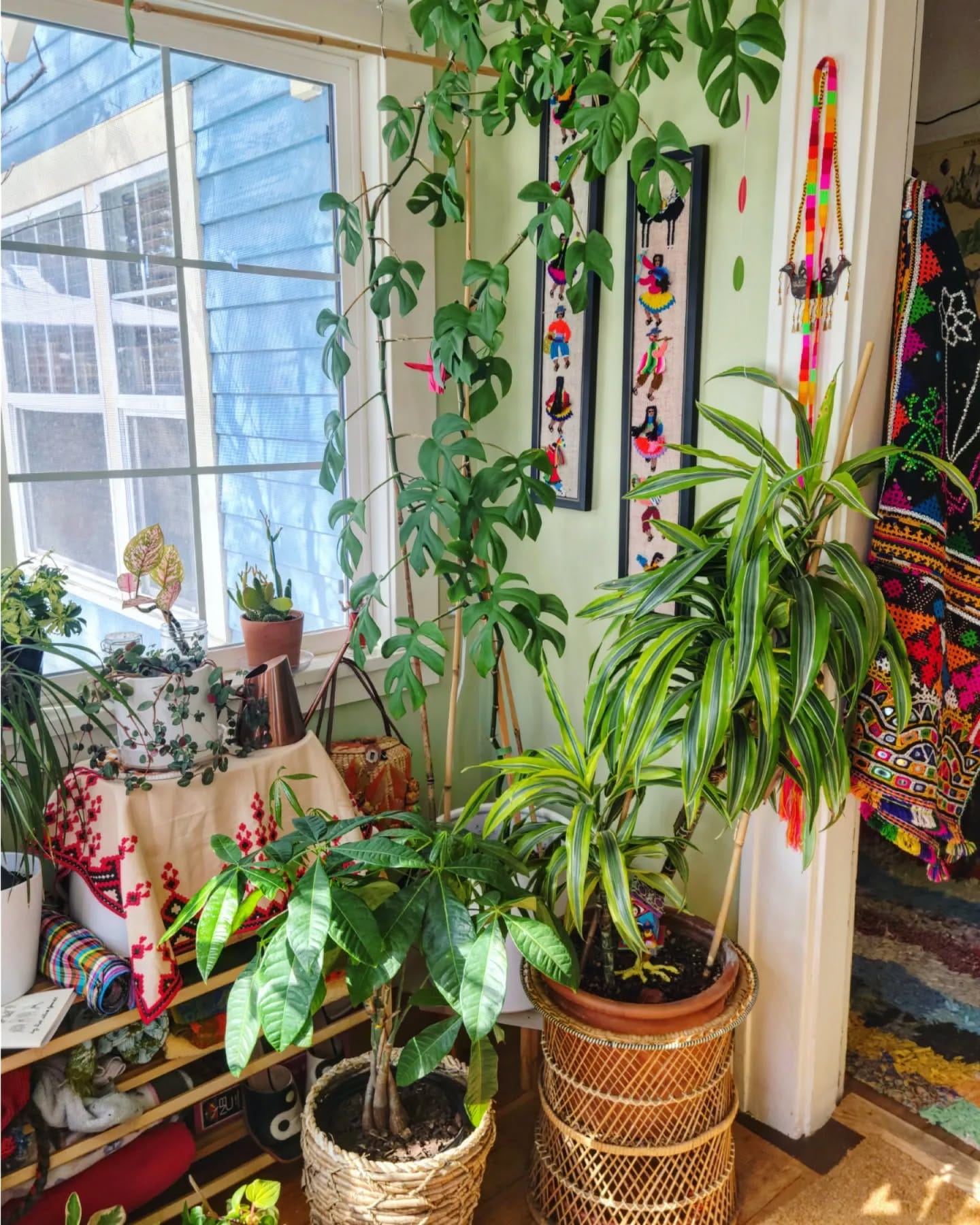
Planters made from reflective materials like metal can add a contemporary touch while enhancing light distribution. Choose planters in gold, silver, or copper tones for a chic look that also reflects light well. These planters can act as statement pieces, elevating both the aesthetics and function of your plant positioning strategy.
9. Optimize Balcony Plant Placement
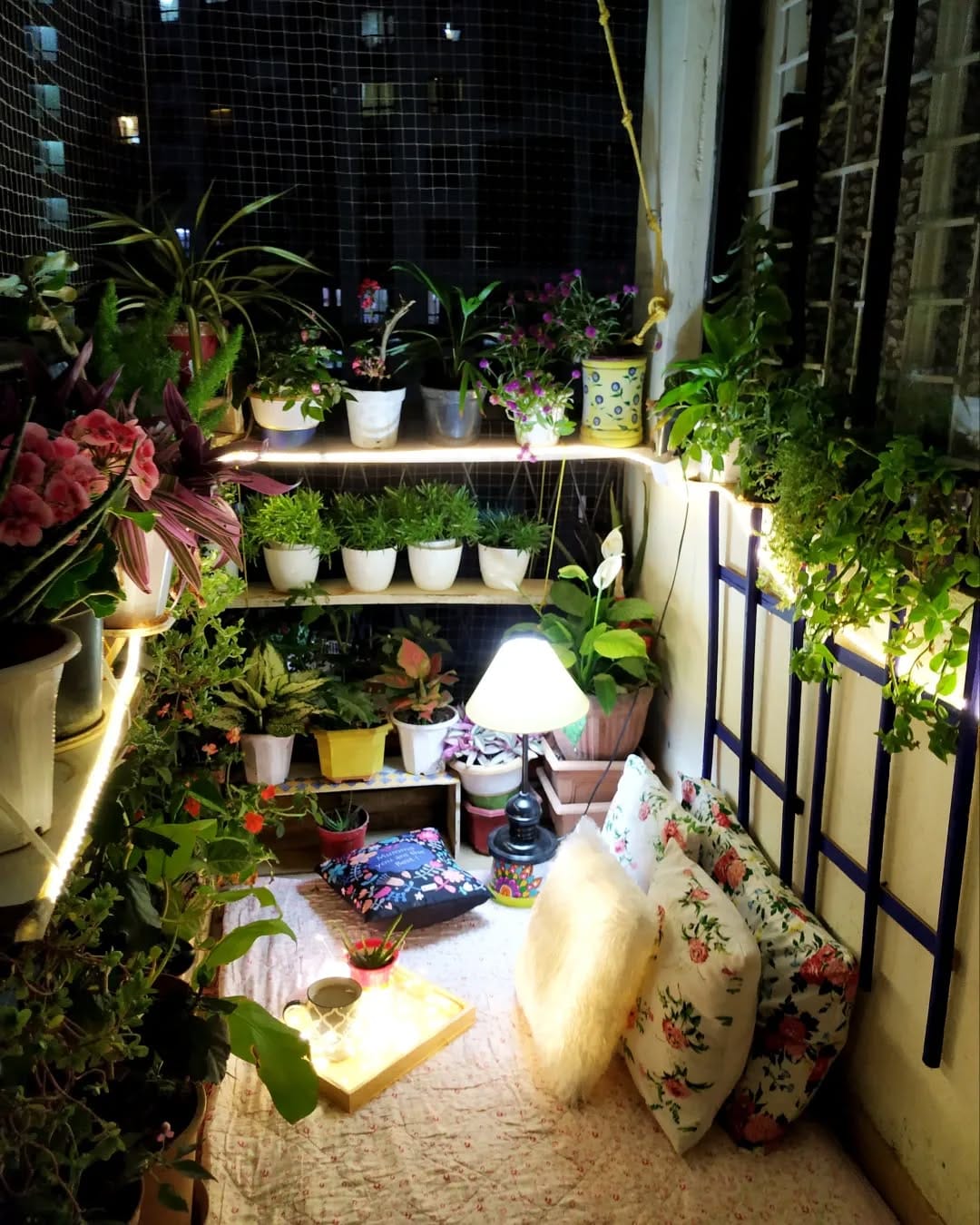
If you have a balcony, use it to your advantage by arranging plants to catch the most sunlight. Arrange taller plants at the back and shorter ones at the front to ensure each receives ample light. Consider the sun’s path and adjust the positions seasonally for optimal growth. This outdoor extension can become a lush retreat with the right arrangement.
10. Utilize Plant Stands
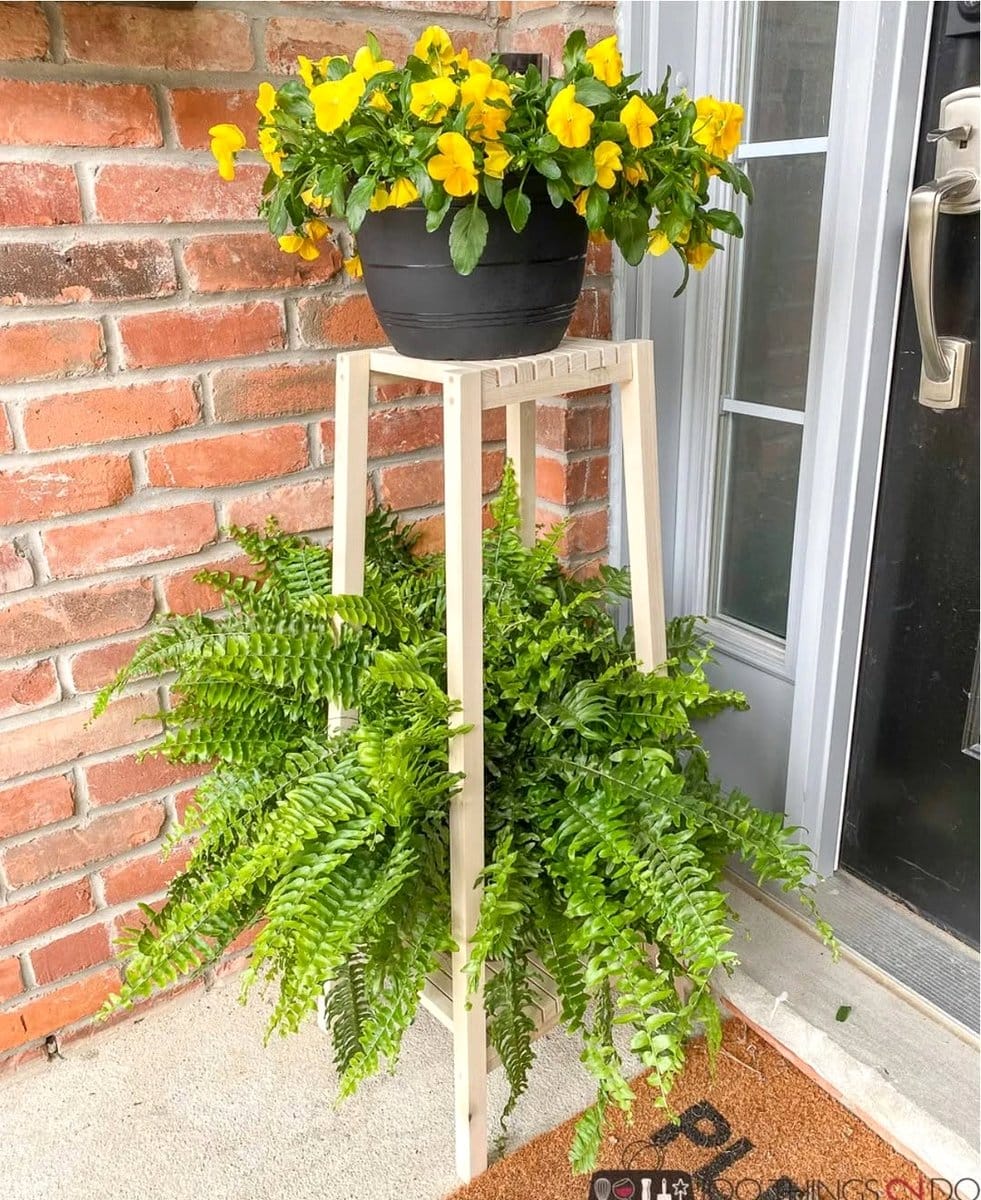
Plant stands can elevate your greenery, allowing them to catch more light, especially in crowded spaces. Opt for stands that tier your plants, maximizing exposure to sunlight. This is particularly beneficial for smaller plants that might otherwise get overshadowed. Use plant stands to create a striking vertical display that adds depth and interest.
11. Rotate Plants Regularly
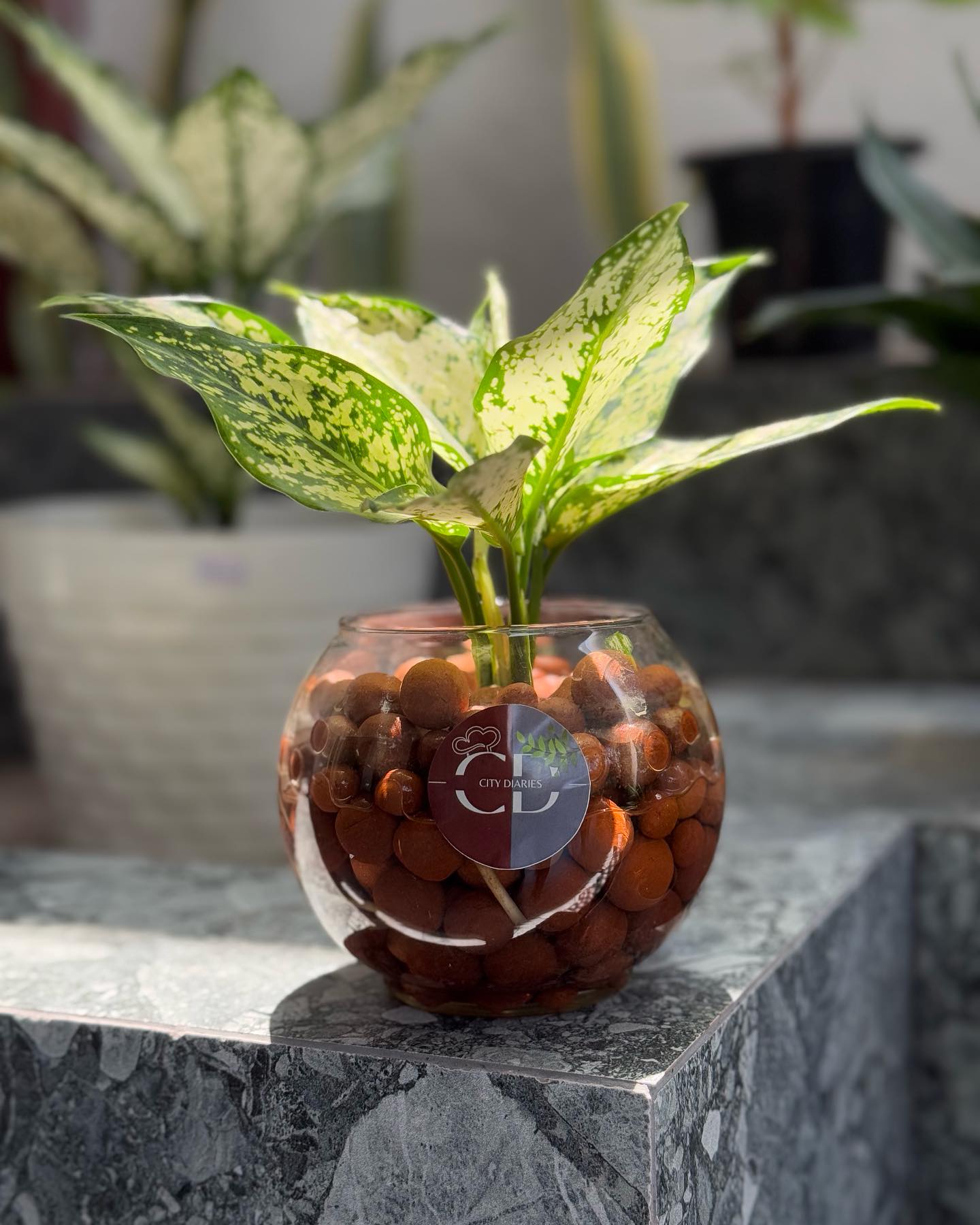
Regularly rotating your plants ensures they receive even light exposure, promoting balanced growth. This simple habit can prevent plants from leaning towards light sources and encourage full, lush foliage. Set a reminder to rotate your plants every few weeks. It’s a straightforward way to keep your plants healthy and your space looking vibrant.
12. Use Transparent Curtains

Transparent or sheer curtains can diffuse sunlight, creating a soft, ambient glow that’s perfect for plants. They allow light to filter through while protecting plants from harsh, direct sunlight. This is ideal for plants that require indirect light. Opt for light-colored curtains to enhance this effect, adding a gentle, airy feel to your room.
13. Create a Green Room Divider

Use plants to create a natural room divider that also captures and reflects light. Arrange them in a line or on a shelf to partition spaces while maintaining an open feel. This not only provides privacy but also enhances light distribution throughout the room. Choose a mix of plant heights and types for a balanced, flowing look.
14. Leverage Reflective Flooring
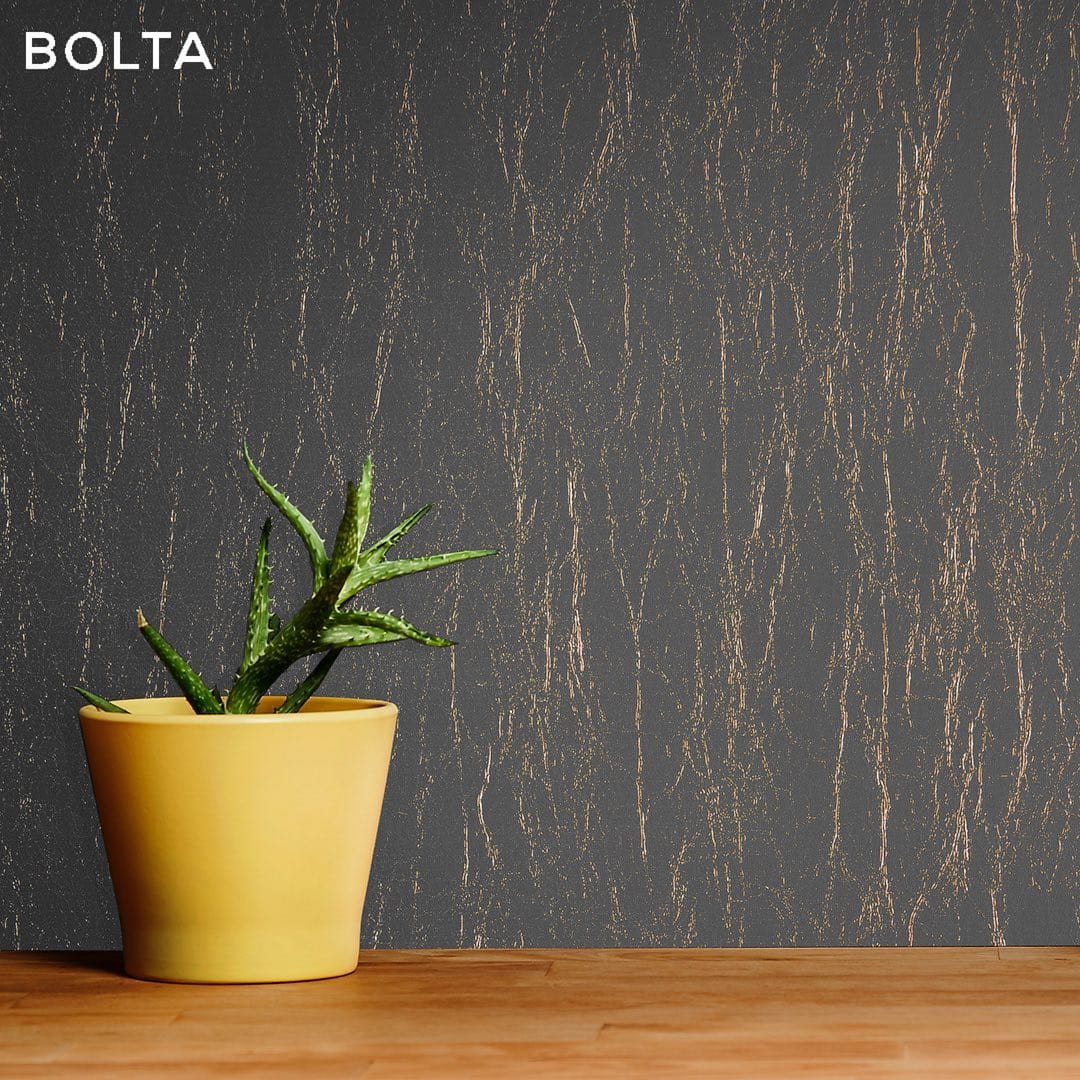
Reflective flooring materials, such as polished wood or tiles, can enhance light distribution. Position your plants on these surfaces to increase the light they receive. This not only benefits the plants but also adds a sophisticated touch to your interior design. Consider this when choosing or updating flooring in plant-heavy areas.
15. Adjust Plant Heights with Risers
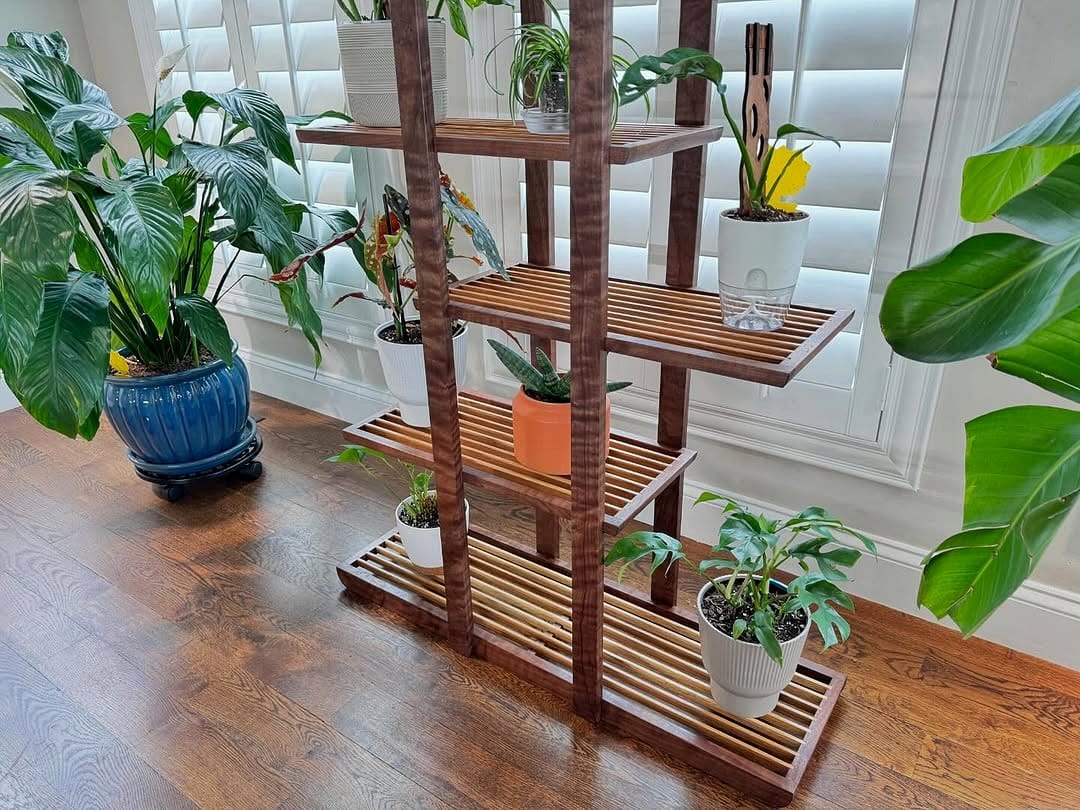
Plant risers can elevate pots to catch more light, especially useful in low light areas. They provide a simple way to adjust plant heights, ensuring even light distribution. Use risers of varying heights to create a dynamic display that enhances both your plants and overall room aesthetics. This can be especially beneficial in crowded or small spaces.
16. Choose Light-Reflective Plant Species

Some plants, like those with glossy leaves, naturally reflect more light. Consider incorporating species like rubber plants or ZZ plants into your space. Their shiny leaves can enhance light reflection, making them ideal for darker areas. These plants not only thrive in various conditions but also add a vibrant, lush look to your home.
17. Integrate LED Plant Lighting
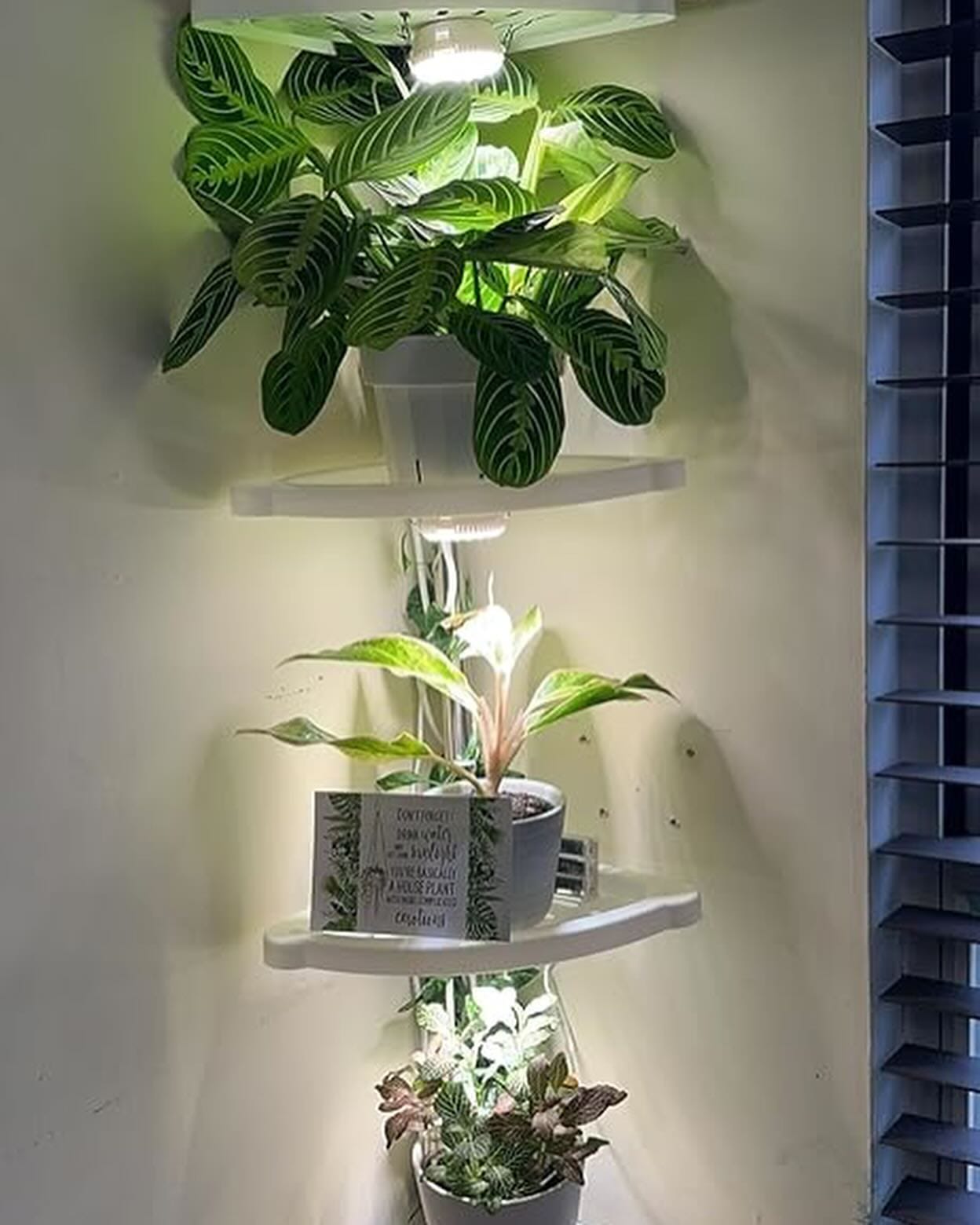
In areas lacking natural light, LED grow lights can supplement plant needs. These lights mimic sunlight, supporting plant growth in dimly lit spaces. Position LED lights strategically above or around your plants to ensure they receive sufficient light. This technology allows you to maintain a thriving indoor garden regardless of external light conditions.
Final Thoughts
Light-reflective plant positioning is a transformative strategy that marries functionality with beauty. It allows you to make the most of natural and artificial light, creating a vibrant, inviting space. As you experiment with these techniques, remember that each room and plant is unique. Observe how your plants respond, adjust as needed, and enjoy the lush, light-filled environment you’ve created. Whether you’re a seasoned plant enthusiast or a beginner, these tips can help you cultivate a stunning indoor garden.
